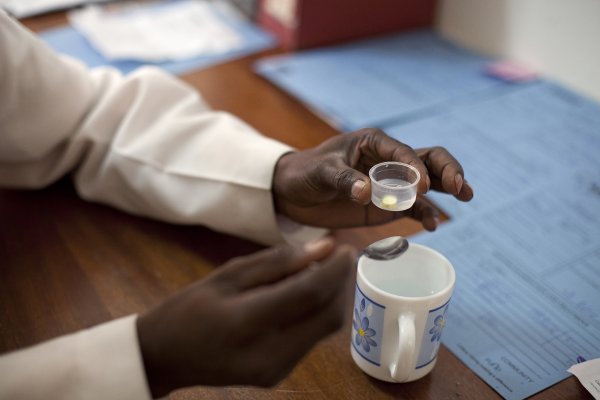Exploring the challenges of statistical analysis of antimalarial efficacy
New study explores the current and the historical statistical methods used to better define the efficacy of antimalarials.

Although there are many antimalarial compounds currently within the drug development pipeline, it may take many years before these drugs reach market. This is why maintaining the efficacy of the current frontline treatments against Plasmodium falciparum malaria infections - artemisinin combination therapies (ACTs) - is so important. This is especially critical in the wake of relentless drug resistance to both the artemisinin derivatives and partner drugs across Southeast Asia which has led to high levels of treatment failures across the region.
Currently the main approach to evaluating antimalarial efficacy is by determining the cumulative risk of recrudescence, the disease recurrence due to the same parasite which caused the initial infection after treatment. Determining the efficacy is key for policy makers to optimise recommendations for antimalarial treatment policy and monitoring drug resistance. The role of host, drug, and parasite factors affecting the efficacy outcomes has been well studied. However, variations in derived efficacy estimates attributable to methodological practices and statistical approaches have considered little attention.
A study led by WWARN, out this week in Malaria Journal, reviews the evolution of statistical methods currently being used to understand and define antimalarial treatment efficacy. This study gives a thorough insight into the challenges and limitations associated with these methods.
“Failing to adequately cure malaria has implications on a patient level – risk of anaemia and even death – and on a societal level – risk of onward transmission and the economic consequences for health systems,” says Prabin Dahal, first author of the study and WWARN DPhil student leading the Clinical Trials Methodology Study Group for P. falciparumwhich is currently focussing on improving key study design and analytical factors which affects the derivation of antimalarial estimates of efficacy. “This review is providing us with the evidence needed to pursue a larger body of work which aims to inform more standardised and improved approaches to statistical analyses of antimalarial drug efficacy.”
The review finds that the study design, transmission settings, procedures used and patient demographics may affect estimates of the efficacy of antimalarial treatment.
“The findings of this review suggest that the WWARN Clinical Trials Methodology Study Group is in an ideal position to understand the challenges around statistical analyses to better define antimalarial efficacy,” says Dr Kasia Stepniewska, senior author and WWARN head of Statistics. “We hope this work will facilitate better methodologies and practices to reduce the current limitations of these statistical approaches.”
If you plan on attending ASTMH 2017 in Baltimore, join Session 119 - Malaria: Advances in Modelling and Technology for Malaria, Wednesday 8 November, 9:00 - 9:15 AM, where Prabin Dahal will present initial results from this project.
Publication details:
Prabin Dahal, Julie A. Simpson, Grant Dorsey, Philippe J. Guérin, Ric N. Price and Kasia Stepniewska. ‘Statistical methods to derive efficacy estimates of anti-malarials for uncomplicated Plasmodium falciparum malaria: pitfalls and challenges.’ Malaria Journal (2017) 16:430. Doi: 10.1186/s12936-017-2074-7

